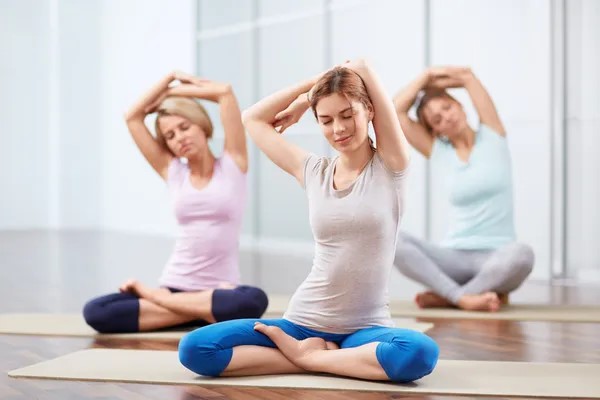
For the uninitiated, yoga can be a bit daunting. There are so many different types and styles, and it can be hard to know where to start. Don’t worry, we’re here to help. In this blog post, we’ll walk you through everything you need to know about how to experience a yoga class for the first time. We’ll cover what to expect, what to wear, and how to prepare mentally and physically for your first class. After reading this post, you’ll be ready to roll out your mat with confidence. So let’s get started!
Yoga is an ancient practice that originated in India. It is a system of physical and mental exercises that are designed to promote health and well-being. Yoga is based on the principle of mindfulness, which is the practice of being present in the moment and aware of your thoughts, feelings, and environment.
Yoga can be practiced in many different ways, but most classes will focus on the following:
1. Breathing: The breath is central to yoga practice. Proper breathing helps to oxygenate the blood and relax the body.
2. Asanas: Asanas are physical postures that are meant to stretch and strengthen the body. Many people think of yoga as simply a series of complicated poses, but there is much more to it than that.
3. Meditation: Meditation is a key component of yoga. It helps to still the mind and focus on the present moment.
What are the benefits of yoga?
There are many benefits of yoga, and it can be a great experience for those who have never tried it before. Yoga can help to improve flexibility, strength, and posture. It can also help to reduce stress and anxiety, and promote relaxation.
Different types of yoga classes
There are many different types of yoga classes available to people who want to experience this discipline for the first time. Some classes may be more vigorous, while others may be more relaxed. It is important to find a class that is right for your level of fitness and flexibility.
If you are new to yoga class, a beginners class may be the best option for you. These classes will introduce you to basic yoga poses and breathing techniques. You will not be expected to perform complex poses or hold them for long periods of time.
If you have some experience with yoga, an intermediate class may be a better option. These classes will challenge you with more complex poses and longer holding times. You should only take an intermediate class if you feel comfortable with the basic poses and are able to maintain good form throughout the class.
If you are an experienced yogi, a advanced class may be the best option for you. These classes will push your limits with even more complex poses and longer holding times. You should only take an advanced class if you feel confident in your abilities and are able to maintain good form throughout the entire class.
How to prepare for your first yoga class
If you’re new to yoga, your first class can be daunting. Here are a few tips to help you prepare for your first yoga class and make the most of your experience.
Arrive early: arriving 10-15 minutes before class will give you time to check in, find your mat spot, and settle in before class begins.
Wear comfortable clothing: yoga is best practiced in comfortable clothing that you can move and stretch in easily. Avoiding baggy clothes or anything too constricting.
Don’t eat too close to class: eating a big meal right before yoga can make you feel sluggish. Try to eat at least an hour or two before class. A light snack like a piece of fruit or a granola bar is fine if you’re hungry.
Be prepared to sweat: many yoga classes will get your heart rate up and make you sweat. Come prepared with a towel and water bottle to stay hydrated during class.
What to expect in your first yoga class
If you’re new to yoga, your first class can be both exciting and intimidating. Here’s what you can expect so you can hit the mat with confidence.
Most yoga classes will begin with some basic breathing exercises and sun salutations (a series of flowing movements). This is a great opportunity to get acquainted with the breath-led rhythm of movement that characterizes most yoga practices.
After the opening sequence, you’ll spend some time moving through different standing poses. These are designed to build strength and flexibility in the legs and spine.
Next, you’ll move on to seated or supine poses, which focus on lengthening and releasing tension in the hips and low back. You may also explore some light twists and forward bends.
The class will likely end with a restful savasana pose, giving you a chance to let your body absorb all the benefits of your practice.
Tips for beginners
If you’re new to yoga, the prospect of attending your first yoga class can be daunting. Here are some tips to help make your first experience a positive one:
1. Dress comfortably in clothing that won’t restrict your movement.
2. Arrive early to sign in and find a spot in the studio.
3. If you have any questions or concerns, be sure to let the teacher know before class begins.
4. During class, focus on your breath and body, and try not to compare yourself to others in the room.
5. At the end of class, take a few moments to rest in savasana (corpse pose).
Conclusion
If you’re interested in trying yoga for the first time, we hope this article has given you a better understanding of what to expect. Remember, there are many different types of yoga classes available, so be sure to find one that’s right for you. And don’t be afraid to ask questions – the instructors and other students will be more than happy to help you out. Namaste!